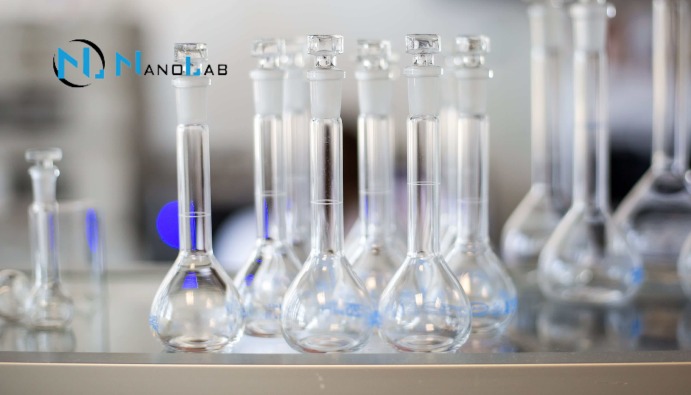
BLOG
KATEGORİDEKİ DİĞER YAZILAR

Fluoride is an element found naturally in water sources. It can be added to water naturally, but it can also be added to water due to some industrial activities and agricultural practices. Especially in drinking water, fluoride is added at certain levels to provide positive effects on dental health, while high fluoride levels can pose a health risk.
Although fluoride up to about 1 mg/L is beneficial for dental health, it can cause health problems above certain amounts, even if it is naturally present in water and added in a controlled manner when necessary. High fluoride concentrations can adversely affect animal and human health. For this reason, “Fluoride Analysis” in water is an important test parameter.
Fluoride analysis in water is determined by the following methods:
The colorimetric method is based on distillation of samples and the reaction between fluoride and zirconium dye. The electrode method is the easiest method. Fluoride solutions are prepared and the necessary device is prepared and measured in the desired range.
Determination of fluoride in water is carried out to determine the suitability of water resources for human health and to control environmental impacts. Fluoride level is a very important parameter, especially for drinking water and irrigation water. The main reasons for fluoride determination are as follows:
Nanolab Laboratories Group continues to provide services within the scope of Determination of Fluoride in Water. We also provide services in Water Salinity Determination.
Contact us for more information.
You can follow us on LinkedIn for up-to-date news and posts about our services.
Follow our Instagram account to be informed about our latest blog posts.